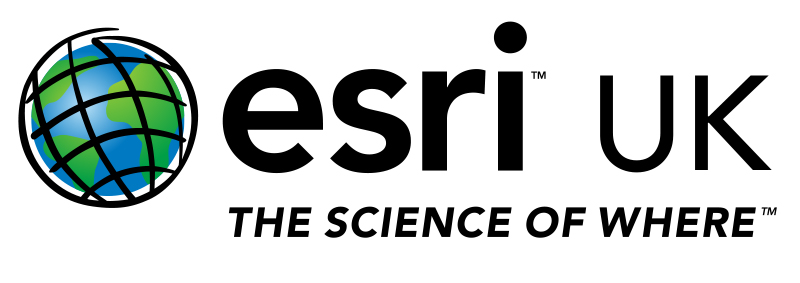Strategically planning next generation wireless networks
/In the 1990’s when mobile operators (MNO’s) planned 2G networks, Cell Planning Engineers didn’t have access to the Cloud (until 2000) or Big Data (until 2005), therefore, the design of mobile networks was more of a trial and error process rather than an exact science. This was due to the large areas of signal propagation covered by the cell towers, meaning the exact location of the mast wasn’t so critical.
Nowadays, mobile operators are investing vast sums of money in their networks. The latest GSMA report states that operators will invest $480 billion in capex between 2018-2020 in new infrastructure, mainly driven by 5G, which depends upon an ultra-dense network. UK mobile operators have already announced billions of pounds of investment in 5g networks and have invested heavily in 5G spectrum. Therefore, ensuring the right location of mobile equipment will be key to minimising costs and maximising return on investment. This will be achieved by deploying a network with the optimum number of cells in the right location.
Due to the ultra-dense network (roughly 250m apart for Smallcells), operators will use different types of infrastructure to mount their equipment. This will include utility poles, street lights, bus stands, traditional cell towers and rooftops.
Traditional cell towers will still be used, however, the infill of high capacity low latency networks will now take into consideration elements such as: network performance data (drop calls and data usage), population growth, proximity to existing fiber backhaul, location of infrastructure, vegetation and the location of Points of interest (POI’s) i.e. hospitals and transport hubs, allowing Operators to create a suitability analysis to prioritise the location the next generation equipment.
At Esri we are already supporting operators using this new approach to plan next generation networks and offer powerful spatial analytical capabilities as well as 360 degree 3D visualisation of the urban and rural environments. This is delivered through Esri’s market-leading Geographical Information System (GIS) software and datasets from several key data partners which can be easily ingested into the platform. The solution enables operators to quickly understand the optimum configuration of infrastructure required for their networks, while also delivering significant operational efficiencies by reducing the number and length of physical site surveys and enabling dynamic response to environment changes.
Below is a link to a Story Map produced by Esri UK’s telecommunications team which illustrates the methodology and datasets used to support mobile operators. For more information, please contact Richard Stevenson, Telecoms Commercial Lead on rstevenson@esriuk.com or visit esriuk.com/telecoms
(please open in a Chrome browser)


